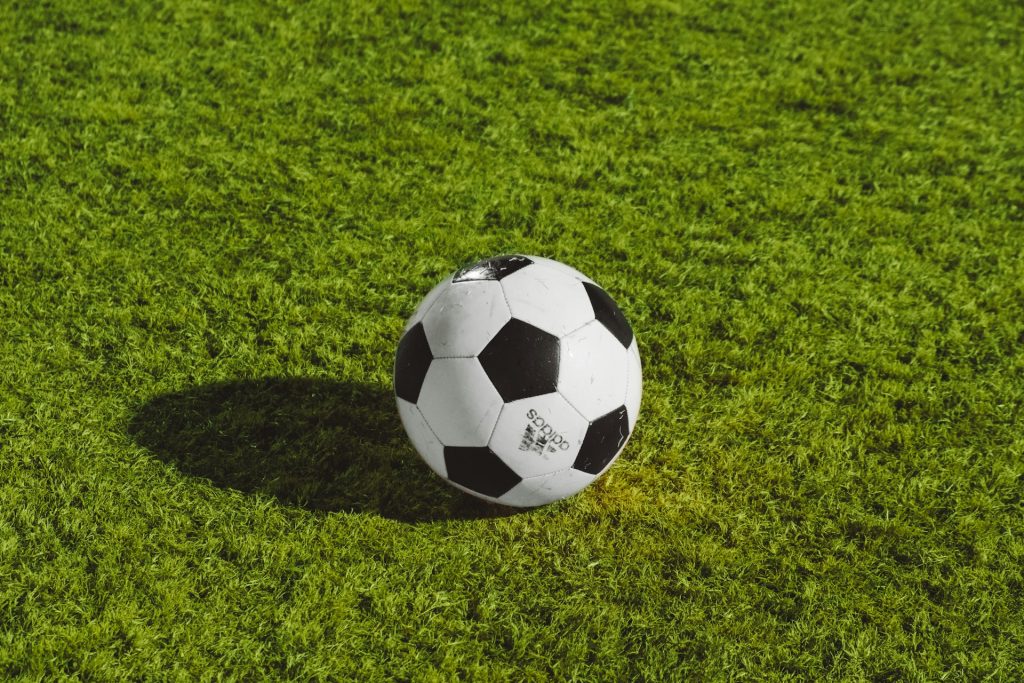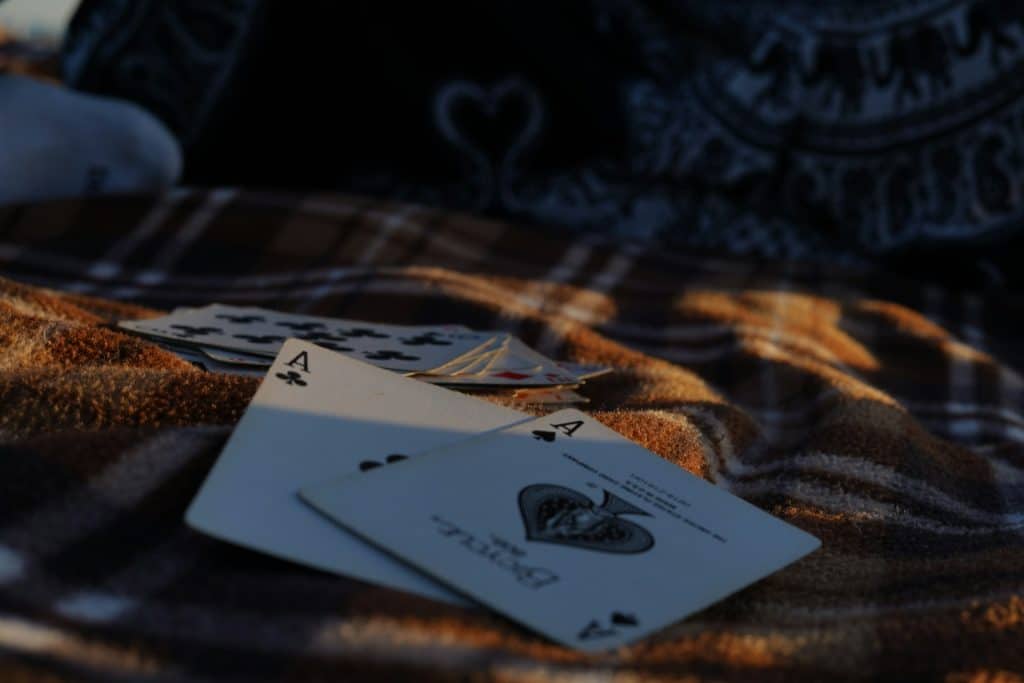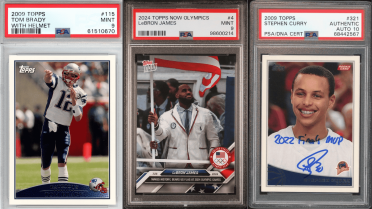Are you new to Golf? Well, here is what you need to know in detail!
Starting golf can feel a little confusing, especially when people use words like “birdie,” “bogey,” or yell “fore!”
What do those even mean?
Don’t worry! Every golfer starts as a beginner, and learning the basic terms is easier than you think.
So, whether you are playing for the first time or just watching golf on TV, this guide will help you understand the most important words in golf.
After reading it, you will sound like you have been playing for years!
Let’s get into it!
Must-Know Golf Terms If You are a Newbie
If you are just getting started, these terms will help you understand the game and feel more confident on the course:
Scoring Terms
1. Ace: A hole-in-one, when a player succeeds in hitting their ball from the tee directly into the hole in a single stroke. This is one of the rarest and most exciting moments on the golf course.
2. Albatross: Scoring three strokes under par on a single hole (e.g., a score of 2 on a par-5). This feat is exceedingly rare, even more so than a hole-in-one.
3. Birdie: A score of one stroke under par on a hole (for example, a 3 on a par-4), marking an excellent performance for that hole.
4. Bogey: A score of one stroke over par for a hole (like a 5 on a par-4). A bogey isn’t ideal, but it is quite common among amateur golfers.
5. Double Bogey: Completing a hole in two strokes over par (e.g., a 6 on a par-4). Double bogeys can quickly add up and affect one’s overall score.
6. Eagle: Scoring two strokes under par on a hole (like a 3 on a par-5 or a 2 on a par-4). Eagles represent an excellent achievement and are highly celebrated.
7. Handicap: A number calculated to level the playing field between golfers of different skill levels by indicating how many strokes over par a player typically shoots.
8. Par: The standard number of strokes an expert golfer is expected to complete a hole or course, based on its length and difficulty. Holes are typically par-3, par-4, or par-5.
9. Penalty Stroke: A stroke is added to a golfer’s score for rules infractions, like hitting into a water hazard, out of bounds, or an unplayable lie.
Shot Types & Techniques
10. Approach Shot: A shot—usually a full swing—intended to land the ball on the green, typically as the second or third shot on a hole, setting up for a putt.
11. Chip: A short, controlled shot played from near the green, intended to lift the ball into the air briefly and allow it to roll toward the hole.
12. Draw: A controlled shot that curves slightly from right to left for a right-handed golfer (left to right for left-handers), often intentionally played to navigate obstacles or shape shots.
13. Fade: A controlled shot that curves gently from left to right for a right-handed player (right to left for left-handers), often used for accuracy and navigating course layouts.
14. Hook: A ball that curves sharply from right to left for a right-handed golfer (left to right for left-handed golfers), usually unintentionally and often resulting from a swing flaw.
15. Lay Up: A deliberate shot played to a safe area short of a hazard or difficult area, rather than trying to reach the green in one shot, is often seen on long or risky holes.
16. Line: The intended path the ball should travel, particularly important in putting, where players “read the line” to judge slope and speed toward the hole.
17. Mulligan: An informal “do-over” allowing a player to repeat a shot without penalty. Not permitted in official play but common in casual rounds.
18. Pitch: A short, high shot played with a lofted club from near the green, designed to land softly and stop quickly, often over hazards or rough.
19. Putt: A gentle, controlled shot made on the green (or fringe) with a flat-faced club called a putter, aiming to roll the ball into the hole.
Clubs & Equipment

20. Driver: The club with the lowest loft and longest shaft, specifically designed for maximum distance off the tee, especially on long holes like par-4s and par-5s.
21. Grip: Refers both to the manner in which the club is held by a golfer and to the actual rubber/leather handle at the end of a golf club.
22. Iron: Clubs with metal heads, numbered 1 through 9, are used for a range of distances. Higher-numbered irons (short irons) are for shorter, lofted shots; lower-numbered irons (long irons) are for longer shots.
23. Wedge: A group of high-lofted clubs (pitching wedge, sand wedge, gap wedge, lob wedge) designed for short shots, getting out of bunkers, or chipping close to the green.
Course Features & Layout
24. Apron: The strip of neatly mown turf around the green, also called the fringe, acts as a transition area for balls rolling from the fairway onto the putting surface.
25. Back Nine: The last nine holes (holes 10–18) of an 18-hole golf course. These often determine the outcome of a round, especially in competitive play.
26. Bunker (Sand Trap): A designated sandy area is placed as a hazard near fairways and greens. Special techniques, using sand wedges or other clubs, are needed to get the ball out of a bunker.
27. Dogleg: A hole where the fairway curves sharply left or right, resembling the shape of a dog’s leg. These holes require strategic shot placement to set up for the next shot.
28. Fairway: The wide, closely mown stretch of grass runs from the tee box to the green. The fairway provides the best lies for approach shots.
29. Flagstick (Pin): A visible marker set inside the cup on the green indicates the target and location of the hole. Players aim to get their ball as close to the flagstick as possible.
30. Fringe: The collar of slightly higher grass that borders the closely mown green provides a buffer between the putting surface and the rough or fairway.
31. Green: The finely manicured area where the hole is located. Golfers use a putter on the green to “hole out,” or finish the hole.
32. Green in Regulation (GIR): When the ball lands on the green with the expected number of strokes for par less two (par-3 in one shot, par-4 in two shots, par-5 in three).
33. Lie: The position of the ball at rest on the course can affect shot options by its location (fairway, rough, bunker) and the way the ball is situated on the ground.
34. Rough: The area of longer or thicker grass that borders the fairway makes shots more challenging due to less advantageous lies.
35. Tee Box: The designated starting area for each hole. Markers outline where players must tee off, with different boxes for various skill levels (professional, amateur, juniors, women).
Game Rules, Etiquette & Play
36. Address: The stance a golfer takes before hitting the ball includes the positioning of feet, grip, and club alignment. Addressing the ball properly is crucial for accuracy and control.
37. Away: Determines the next player to hit the golfer whose ball is farthest from the hole, always plays first, regardless of scoring order or tee order.
38. Fore: A traditional warning shout to alert players or spectators that a ball is traveling toward them, helping to prevent injury.
39. Gimme: A putt so close to the hole that other players concede it, allowing the golfer to pick up the ball rather than requiring them to tap it in. Common in informal or friendly play.
40. Caddie: A person who carries a golfer’s bag, clubs, and offers invaluable advice on club choice, course strategy, and greens reading. Caddies can play a crucial role during competitions.
41. Green Fee: The cost to play a round of golf at a golf course may vary based on course prestige, amenities, and time of play.
Wrapping It Up
There you have it; these golf terms will make you sound like you belong on the course!
Try using these words when you play or talk about golf. You will be surprised how quickly they start to feel natural.
It’s okay if you mix up a few at first, because everyone does!
Most golfers are friendly and happy to help you learn. Now that you know the lingo, go ahead and book that tee time.




















